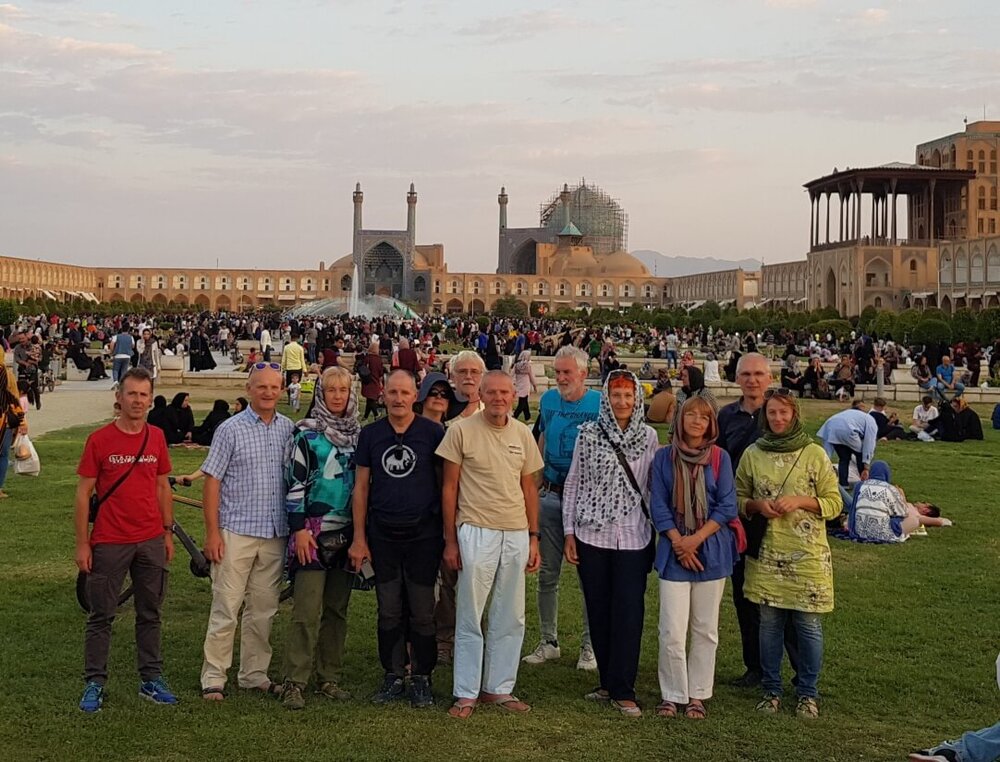COVID-19: Some 1.47m foreign nationals visit Iran in nine months

TEHRAN – Some 1.47m foreign nationals visited Iran from the beginning of the current Iranian calendar year (March 21, 2021) to January 1, a span most of which was subject to severe travel bans due to coronavirus.
Of the number, 635, 862 people arrived in Iran as of mid-October when the Islamic Republic started issuance of tourist visas after a 20-month hiatus, Mehr reported on Monday.
Citizens from Iraq and Afghanistan were the main source of tourism for Iran from October 23 to December 22, 2021.
“226,000 people from Iraq, 103,000 from Afghanistan, 90,000 from Turkey, 22,000 from Azerbaijan, and 18,000 from Bahrain arrived in Iran during the mentioned period,” the news agency said.
Furthermore, the Islamic Republic hosted 11,000 travelers from Pakistan, 6,000 from Russia, 2,000 from Germany, and a total of 88,000 people from other countries.
In addition, from December 22, 2021, to January 1, 2022, some 23,000 people from Iraq, 10,000 from Afghanistan, 6,000 people from Turkey, 2,000 from Azerbaijan, 341 from Bahrain, 20,000 from Oman, 3,000 from Pakistan, 703 from Russia, 472 from Germany, and 6,000 from other countries visited Iran, the report said.
Over the past couple of years, neighboring Iraq has been one of Iran’s most important markets for tourism and pilgrimage. Earlier this month, the deputy tourism chief Ali-Asghar Shalbafiana announced that Iran had renewed arrangements to facilitate travels for Iraqi nationals. “For Iraqi tourists visiting Iran, a new system has been implemented to ensure their safety and comfort.”
Last September, Cultural Heritage, Tourism and Handicrafts Minister Ezzatollah Zarghami announced that by the order of President Ebrahim Raisi the issuance of tourist visas and the flow of foreign tourists from land and air borders will be resumed from the month of Aban (Oct. 23 – Nov. 21) following 19 months of suspension.
Before the resumption, groups of Iranian tourism insiders urged the three ministries of interior, tourism, and foreign affairs to facilitate travel to Iran for foreign tourists from the mentioned countries who have obtained tourist visas and are en route to Iran or about to visit it. Also, some believed that preventing the spread of new variants of the virus and maintaining public health are preferable to the benefits of tourism.
Months of steep recession have taken its toll. Many travel insiders, hoteliers, and tour operators have faced big dilemmas such as bankruptcy, unemployment, debts, and the prospects of not being competitive on the international level. The pandemic has taken a huge toll on Iran’s civil aviation sector. For instance, airlines reportedly lost hundreds of millions of dollars because of flight cancellations during the busy New Year travel season last March.
Tourism authorities say Iran has the potential to experience a tourism boom after coronavirus is contained, believing its impact would be temporary and short-lived for a country that ranked the third fastest-growing tourism destination in 2019.
Iran is potentially a booming destination for travelers seeking cultural attractions, breathtaking sceneries, and numerous UNESCO-registered sites. Under the 2025 Tourism Vision Plan, Iran aims to increase the number of tourist arrivals from 4.8 million in 2014 to 20 million in 2025.
AFM
